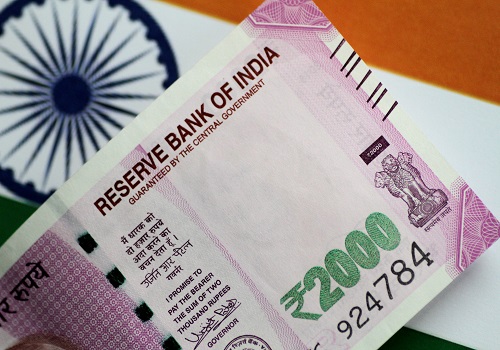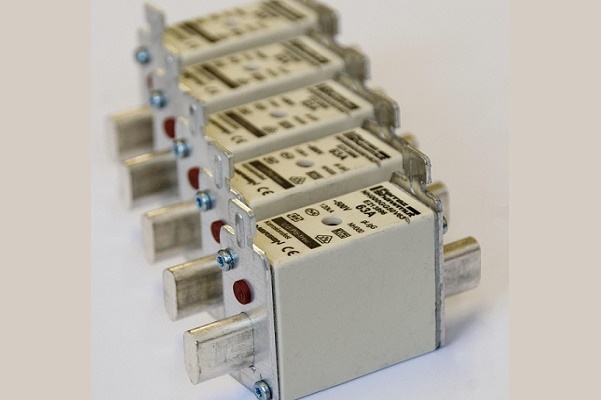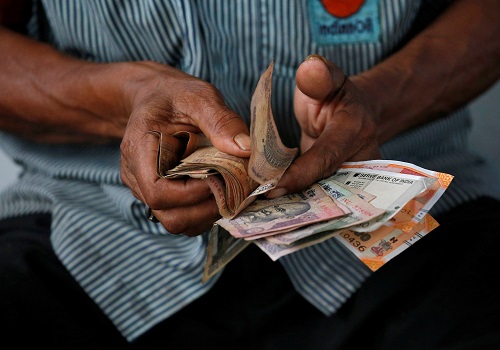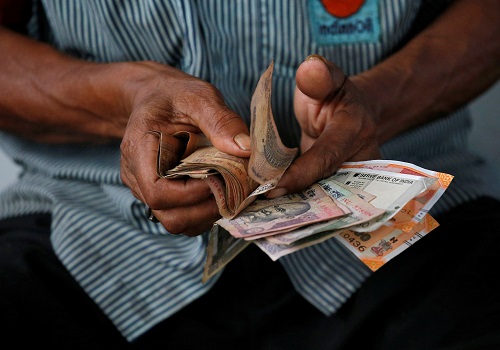Rupee little changed as Asian FX struggle against dollar

The Indian rupee was flat on Friday, pulling back from slight gains made at the open and continuing the trend to weaken less than its Asian peers which fell against a steady c.
The rupee was barely changed at 82.7450 per dollar by 10:55 a.m. IST, after opening slightly higher at 82.68.
Its Asian peers like the Thai baht and the South Korean won declined 0.3% and 0.4%, respectively.
The rupee has stayed in a narrow range in February, outperforming its peers due to the Reserve Bank of India's (RBI) likely dollar sales in onshore and offshore markets to keep the currency stronger than 83.
The expectation that the RBI is present around those levels is also prompting some players to take profit on their long dollar positions, said Jayaram Krishnamurthy, founding partner & COO at Almus Risk Consulting.
The dollar index was steady around 104.550 after data overnight showed the number of Americans filing new claims for unemployment benefits unexpectedly fell last week, pointing to a still-tight labour market.
This comes on the back of a better-than-expected January jobs report, healthy retail sales and higher-than-forecast inflation readings, continuing to support bets that the U.S. Federal Reserve could stay hawkish for a prolonged period.
Fed funds futures traders are now pricing for the federal funds rate to reach 5.34% in July and to remain above 5% all year. Prior to the January jobs report, the peak rate was itself below 5%.
The Fed rate is currently in the 4.50%-4.75% range and two rate hikes of 25 basis points each at the next two meetings have been fully priced in.
The focus now turns to the core U.S. personal consumption expenditures (PCE) data, the Fed's preferred gauge of inflation, due later in the day.








.jpg)









